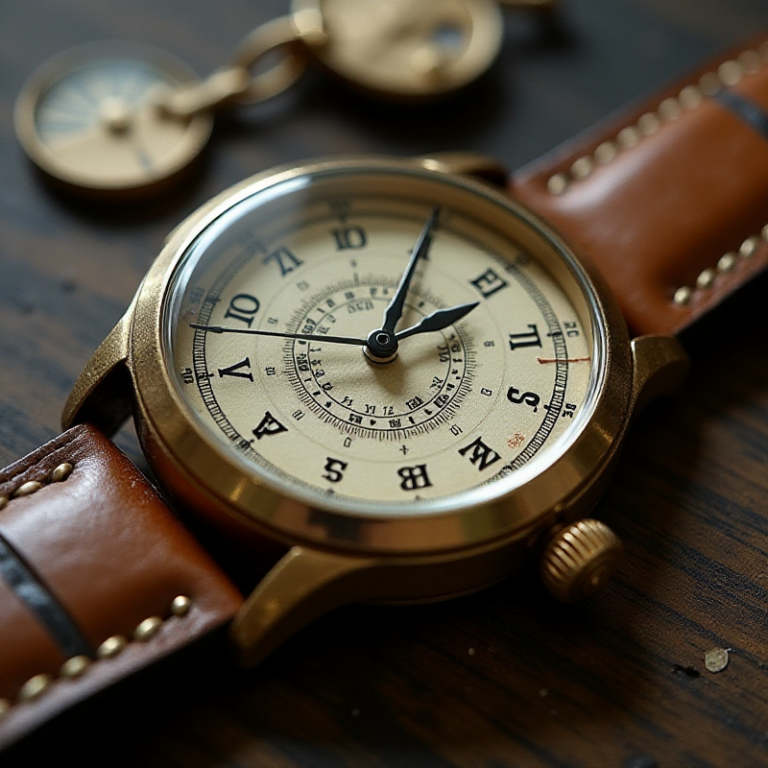Navigating in the wilderness without a compass can be a daunting task, but knowing how to use your watch as a compass is an invaluable survival skill. This technique can help you stay oriented when you’re out hiking, camping, or in an emergency situation. All you need is an analog watch (or a digital watch with an analog display), and with a few simple steps, you can find your direction and keep your bearings.
Why Learning to Use Your Watch as a Compass Is Essential
Understanding how to turn your watch into a compass isn’t just an interesting trick; it’s a practical skill for any outdoor enthusiast or prepper. Whether you’re lost during a day hike or facing unexpected circumstances in the backcountry, this skill can mean the difference between finding your way and becoming disoriented.
Step-by-Step Guide to Using Your Watch as a Compass
1. Understand How the Method Works
This technique leverages the relationship between the sun’s position and the time on your watch. It’s based on the principle that the sun moves from east to west in the sky, and at noon, it is typically due south in the Northern Hemisphere.
2. Position Your Watch Properly
Hold your watch horizontally, keeping the face parallel to the ground. If you’re using a digital watch, switch it to an analog display or visualize it as such.
3. Align the Hour Hand
In the Northern Hemisphere, point the hour hand directly at the sun. For those using a 24-hour format, approximate the hour hand’s direction accordingly.
4. Find the Midway Point
Locate the midpoint between the hour hand and the 12 o’clock position on your watch. This point represents the north-south line. In the Northern Hemisphere, south will be in the direction of the sun, and north will be the opposite.
Example: If it’s 4 p.m., point the hour hand at the sun. The midpoint between the 4 and 12 on your watch will indicate the north-south line, showing you where north is.
5. Adjust for the Southern Hemisphere
If you are in the Southern Hemisphere, the process changes slightly. Point the 12 o’clock mark on your watch toward the sun and find the midpoint between 12 and the hour hand. The direction opposite the sun will be north.
Tips for Accurate Navigation
- Double-Check Your Position: Verify the position of the sun in relation to the time to ensure accuracy, especially during morning or late afternoon when shadows are longer.
- Daylight Savings Time Adjustment: If your location observes daylight savings, adjust by subtracting one hour from the current time on your watch.
- Complement with Natural Indicators: Trees with more moss growth typically face north in the Northern Hemisphere, and mountains may cast shadows in predictable patterns. These natural indicators can supplement your watch navigation.
Limitations of Using a Watch as a Compass
While this method is helpful, it comes with limitations:
- Less Effective at High Latitudes: Near the poles, the sun’s path becomes less distinct, making this method unreliable.
- Accuracy: This method provides a general direction but isn’t as precise as a magnetic compass.
- Weather Conditions: Overcast skies can make it difficult to find the sun’s exact location.
How to Use a Watch with No Hands
If you find yourself with a watch that doesn’t have hands, such as a digital watch or fitness tracker, use these tips:
- Draw an Analog Face: Sketch a rough watch face on a piece of paper or in the dirt.
- Position the Hour Hand: Mark the current hour as if it were on a real watch.
- Follow the Same Process: Use this improvised watch face as if it were a real one.
Why Preppers and Outdoor Enthusiasts Should Practice This Skill
Developing the skill of using a watch as a compass prepares you for unexpected scenarios where electronics or standard tools may fail. While GPS devices and smartphone apps are reliable in ideal conditions, they can run out of battery or malfunction. Having the knowledge to navigate using a simple watch ensures you’re not solely dependent on technology. This can build confidence in your outdoor survival toolkit and help you feel more secure in any adventure.
Practice Makes Perfect
To ensure you’re ready when it matters most, practice using your watch as a compass in familiar settings. Start in a backyard or park and see how accurately you can orient yourself. Over time, this simple technique will become second nature, making you better prepared for any situation where traditional tools aren’t available.
In Conclusion: Learning how to turn your watch into a compass is a powerful skill for preppers, survivalists, and anyone who loves the outdoors. With practice, this easy method can become your go-to navigation tool when faced with the unexpected. Embrace this practical knowledge and integrate it into your survival repertoire to enhance your self-reliance and preparedness.



